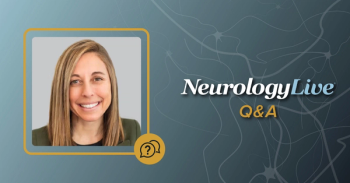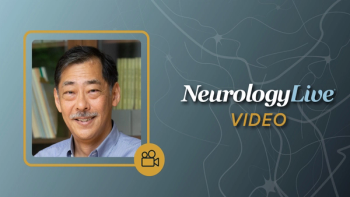
Autologous Hematopoietic Stem Cell Transplantation in Multiple Sclerosis Is Safe, Efficacious Over Long-Term
Investigators noted the long-term cost-effectiveness and safety of this approach, as it does not require the regular use of disease-modifying therapies.
Data from a recent study suggest the long-term effectiveness and safety of autologous hematopoietic stem cell transplantation (aHSCT) for treatment of aggressive multiple sclerosis (MS). Investigators also found that better results are seen in patients who have acquired less disability at the time of aHSCT, and patient selection is an important aspect.1
Findings were presented at the
Freedman, who is also a professor of medicine in neurology at the University of Ottawa, and colleagues included a total of 72 patients with aggressive MS who received aHSCT until Feb 2021. The primary outcome measure was cited as the number of new clinical relapses after the transplant, and secondary outcomes were new MRI lesions, overall survival, and safety. The majority of included patients had relapsing-remitting MS (n = 62), and the remaining patients had secondary progressive MS (n = 8), and primary progressive MS (n = 2). Throughout the follow-up period, which ranged from 8 months to 20 years, no relapses were recorded.
Prior to the transplant, there were 206 relapses with 195.9 patient-years of follow-up (1.1 relapses/patient/year), compared with post-transplant, with 288 patient-years of follow-up, where there were no relapses. No enrolled patients received any other form of disease-modifying therapy (DMT). There were no new lesions noted for patients post-transplant, and MRI scans were performed “irregularly” throughout the follow-up period. Expanded Disability Status Scale (EDSS) scores were available for 52 or 72 patients (72.2%), and post-transplant, improvements more common in patients that had a lower EDSS score at baseline. Freedman et al noted that of the 23 patients with an EDSS score less than 5 at baseline, 14 improved on their EDSS scores. This was compared with 26 patients with a baseline EDSS score greater than or equal to 5, where only 6 patients had improved scores.
There was 1 reported death 27 days after aHSCT, where the patient died of sepsis and veno-occlusive disease of the liver and busulfan was given orally. Another patient died of pneumonia 67 months post-aHSCT.
READ MORE:
Long-term monetary and safety value are observed, as this process does not require the regular use of disease-modifying therapies. The retrospective study focused on the outcomes of all patients who had aHSCT for treatment of MS between Oct 2001 to Feb 2021 at Ottawa General Hospital, who were followed for a minimum of 6 months.
In 2021, findings from a cohort of 20 patients with multiple clinical and radiological features predictive of aggressive MS revealed that treatment with aHSCT is safe and effective as a firstline DMT.2 However, despite previous research supporting aHSCT as an effective treatment for patients with highly active MS, the optimal time for offering aHSCT had yet to be established. Senior author Basil Sharrack, MD, PhD, FRCP, professor of clinical neurology, Sheffield University, and colleagues explored the safety and efficacy of AHSCT as a firstline DMT across the aforementioned cohort in 5 European and North American centers.
At the last follow-up appointment, the post-transplant median EDSS score was 2.0 (range, 0-6.5), with only 1 patient not recording a change after treatment. EDSS score of 13 patients plateaued after the initial 6 months, whereas scores of 5 patients continued to improve beyond this period.No clinical relapse following treatment with AHSCT was seen in any of these 20 patients. Overall, no evidence of disease activity (NEDA) was 85% with a median follow-up period of 30 (range, 12-118) months, but 100% after re-baselining magnetic resonance imaging (MRI) disease activities to month 6 post-transplant scans.
REFERENCES
1. Brunet F, Freedman M, Puyade M, Atkins H, Rush C, Thebault S. Autologous hematopoietic stem cell transplantation in patients with multiple sclerosis: Long term follow up of the Ottawa cohort. Presented at ACTRIMS Forum 2022; February 24-25; West Palm Beach, FL and Virtual. Session CE1.2.
2. Das J, Snowden JA, Burman J, et al. Autologous haematopoietic stem cell transplantation as a first-line disease-modifying therapy in patients with 'aggressive' multiple sclerosis. MultScler. 2021;27(8):1198-1204. doi:10.1177/1352458520985238
Newsletter
Keep your finger on the pulse of neurology—subscribe to NeurologyLive for expert interviews, new data, and breakthrough treatment updates.



























